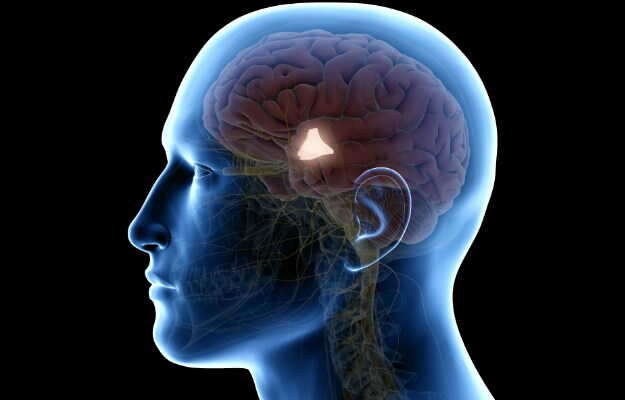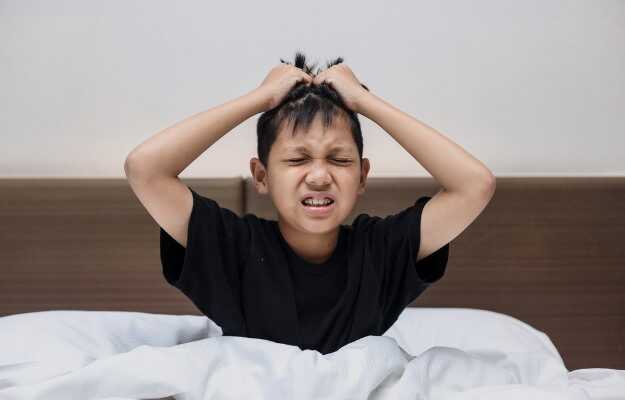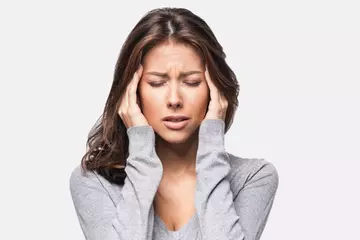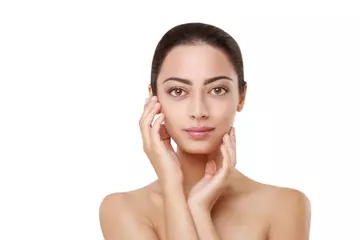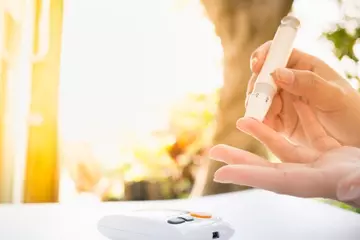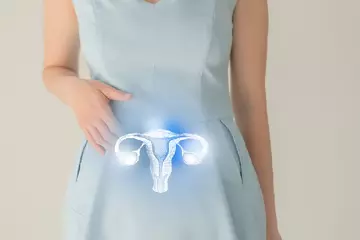What are varicose veins?
Varicose veins are the veins which are swollen and enlarged due to the pooling of blood. They can be seen under the skin with a naked eye; they appear twisted, lumpy bulging blue or dark purple in colour. Usually, they appear in legs but can appear in other body parts as well.
What are its signs and symptoms?
Varicose veins remain asymptomatic for long in most patients. Common symptoms of the condition are
- Pain in legs
- Swelling of legs
- Cramps in legs or calves
- The appearance of spider-like green veins on the calves and thighs
- Itching at the site of varicose veins
- Dry scaly, irritated skin
- Sore skin which doesn’t heal quickly
What are the main causes?
Due the weakness of valves and walls of the veins, there is pooling of blood in the veins leading to them to be swollen, twisted and coiled i.e., varicosed. Usually, the valves push blood upwards against gravity but when they are weakened, blood in the veins accumulate which causes varicose veins.
Risk factors include
- Standing for long periods e.g. painters, bus/train conductors, teachers, etc.
- Female gender
- Pregnancy
- Obesity
- Old age
- Family history of varicose veins
- Rare conditions such as, tumour in the pelvis, existing blood clot in veins.
How it is diagnosed and treated?
The doctor will examine the legs for any changes in
- skin colour
- healed or unhealed leg ulcers
- warmth of skin
- redness
Doppler ultrasound scan is recommended to check the blood flow of the veins, to detect blood clot if any. Not very common, but an angiogram may be advised to confirm the diagnosis.
Treatment includes the following measures:
- Compression stockings – it helps to decrease the swelling and gently compresses the legs which helps to push the blood upwards to the heart, reducing the pooling of the blood.
- Ablation therapy- radiofrequency ablation, laser ablation to destroy the varicosed vein.
- Sclerotherapy- where an agent is injected to shut the supply in the vein.
- Surgery (phlebectomy)- removal of the affected vein as parallel veins exist for blood supply.
- Ligation and stripping of affected vein in severe cases.
Self-care includes the following:
- Avoid standing for long hours continuously.
- Keep legs elevated for 15 mins at least 3-4 times a day
- Weight loss to decrease the pressure on the lower extremities.
- Do more physical activity to improve the blood circulation. Walking or swimming are good options.
- Take care of any open wounds or sores if any.
- Keep the legs moisturized and avoid skin getting dry, cracked.

 Doctors for Varicose Veins
Doctors for Varicose Veins  OTC Medicines for Varicose Veins
OTC Medicines for Varicose Veins
 Varicose Veins articles
Varicose Veins articles

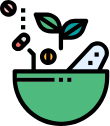 Home Remedies for Varicose Veins
Home Remedies for Varicose Veins
 Homeopathic Treatment of Varicose Veins
Homeopathic Treatment of Varicose Veins


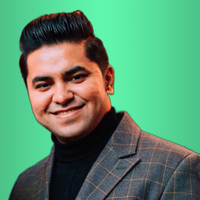
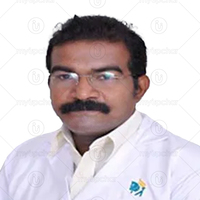
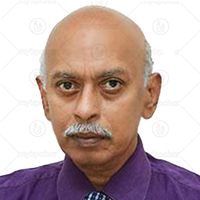

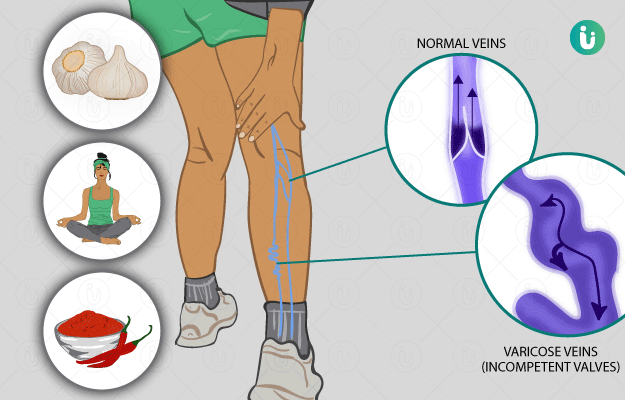
 Dr. Laxmidutta Shukla
Dr. Laxmidutta Shukla
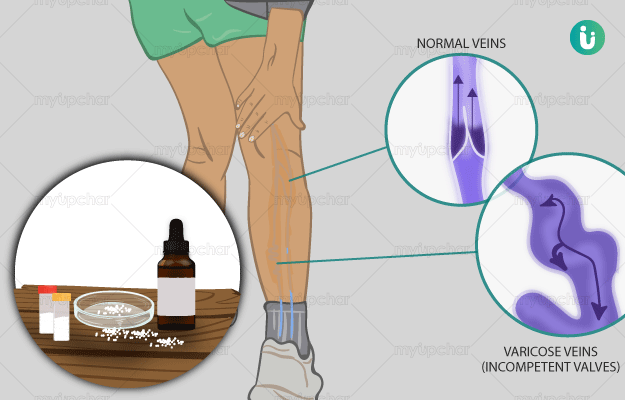
 Dr. Rachita Narsaria
Dr. Rachita Narsaria
